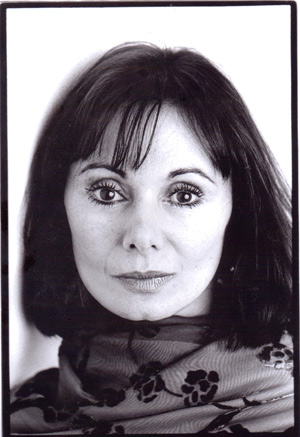 Marguerite Porter, director of the Yorkshire Ballet Summer School, is a British ballet diamond. From joining The Royal Ballet aged just 17, to partnering ballet legend Rudolf Nureyev, Porter’s ballet career has been full of iconic and incredibly memorable moments. Today sees Porter at the helm of the Yorkshire Ballet Summer School, leading it towards its fundraising Gala at Sadler’s Wells at the end of the month.
Marguerite Porter, director of the Yorkshire Ballet Summer School, is a British ballet diamond. From joining The Royal Ballet aged just 17, to partnering ballet legend Rudolf Nureyev, Porter’s ballet career has been full of iconic and incredibly memorable moments. Today sees Porter at the helm of the Yorkshire Ballet Summer School, leading it towards its fundraising Gala at Sadler’s Wells at the end of the month.
Where did you train?
I trained with Louise Browne in York and then at The Royal Ballet School for two years before joining the company.
What was your typical day like?
Class was at 10:30am followed by all day rehearsals which would end around 6pm, however if there was a performance in the evening and one was dancing the principal role, one would finish around lunchtime in order to prepare for the evening performance.
What is a typical day like now?
There is no typical day, as the Summer School approaches it becomes extremely busy. My PA arrives around 10am and typically we will work until around 3pm. At present in preparation for the Gala I am working all hours of the day and night with various deadlines to meet.
Who inspired you to dance?
I began to dance by accident; I was extremely tall for my age and developed a stoop in order to fit in with my peers! In order to try and correct my poor posture, my grandmother asked a friend of hers if her twin daughters (who attended the Rambert School in London) would give me ballet lessons in their bedroom during the holidays. As soon as I started to put music to the exercises I had been taught I knew I wanted to dance. Later when ballet came fully into my life I would say Lynn Seymour and Margot Fonteyn were my inspiration.
Did you train in any other techniques other than ballet?
At the Royal Ballet School we learned character dances and Spanish dancing.
What was life like as a Royal Ballet Dancer?
In my early years with the Royal Ballet as a corps de ballet member I was blissfully happy. Sir Frederick Ashton, Michael Somes and Jack Hart were the joint directors. It was a wonderful atmosphere in which to begin my career. I joined the Royal Ballet aged 17; I had never been out of the country before and in those days we did extensive tours abroad. Four months in America and Canada with a six week run at the Metropolitan Opera House in New York was a thrill for someone who had never been on a plane before or indeed until the age of 15 out of Yorkshire. These were the golden years with Margot Fonteyn and Rudolph Nureyev leading the company, it was such a thrill for us young dancers to be a part of it. As I progressed through the ranks to become a principal the pressure and responsibility increased and somewhat diminished the freedom and pure joy of those early years.
Do you think life there is different now?
Very difficult to answer this question, I can only imagine the pressure is even greater as they do many more performances than in my day.
What are the most memorable parts of your extensive career?
Working with the likes of Sir Frederick Ashton, Sir Kenneth McMillan, Jerome Robbins and many other wonderful choreographers, also performing with some of the greatest dancers of the 20th century including Anthony Dowell, Rudolf Nureyev and others too numerous to mention.
Do the same things motivate you each day for ballet and dance?
The motivation each day for dance is the love of it, the discipline which is innate in a dancer’s body and constant striving for perfection.
Do you still take classes?
No.
What’s the best part of dance and performance?
I used to find the rehearsal period and preparation the most exciting, creating and developing a role and making it one’s own. If it all comes together in the performance which is what one strives and hopes for, then it is exciting and fulfilling.
Of all the iconic dancers and choreographers you’ve worked with, what is the one moment that will always be with you?
Performing as Odette/Odile in Swan Lake with Rudolf Nureyev as Prince Siegfried at the Royal Opera House, Covent Garden.
What advice would you give to someone aspiring to a ballet or dance career?
It is a very hard life and I would advise anyone wanting to be part of it, to consider whether or not they have the physical stamina and emotional strength to withstand it. If, after serious soul searching, (and they have all the physical attributes necessary to become a dancer) I would suggest they work hard, wear blinkers and soldier on.
What are you looking forward to most for YBSS?
To continue in the same way with all the positive things that David Gayle the founder of the YBSS instilled at the beginning.
What’s next?
To continue as we have in the past 40 years, hopefully inspiring, guiding and helping young talent.
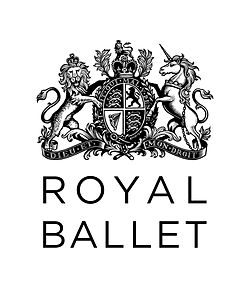 The Royal Ballet has recently hit cinemas all over America and is continuing to do! Select cinemas throughout the United States will present the 2013 ‘Royal Opera House Ballet Series,’ featuring 3, one-night-only screenings of the new Don Quixote staged by and starring Carlos Acosta, Christopher Wheeldon’s Alice’s Adventures in Wonderland, and Peter Wright’s classic production of The Nutcracker. High definition cameras are used to film the performances, which provide multiple points of view including close-ups and wide shots with a Royal Opera House production truck transmitting the live feed via satellite to the US.
The Royal Ballet has recently hit cinemas all over America and is continuing to do! Select cinemas throughout the United States will present the 2013 ‘Royal Opera House Ballet Series,’ featuring 3, one-night-only screenings of the new Don Quixote staged by and starring Carlos Acosta, Christopher Wheeldon’s Alice’s Adventures in Wonderland, and Peter Wright’s classic production of The Nutcracker. High definition cameras are used to film the performances, which provide multiple points of view including close-ups and wide shots with a Royal Opera House production truck transmitting the live feed via satellite to the US.
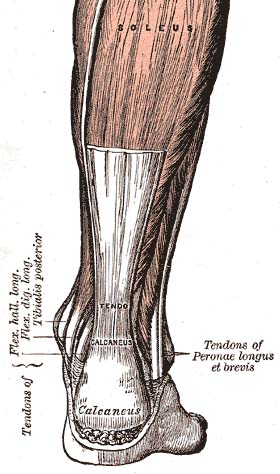 Historically, the term ‘Achilles Heel’ referred to the greatest weakness of an individual: Achilles was a figure of Greek Mythology, a hero of the Trojan War killed by a small injury to his heel. Today, following this tale, the Achilles is the small tendon connecting the calf muscle to the heel bone. The tendon is still a weakness for many dancers, most notable recently was the snapping of the tendon of a Bolshoi dancer during a performance. This was a result of tendonosis, a chronic and more serious condition where bouts of tendonitis are not treated properly or the dancer does not take adequate time to rest.
Historically, the term ‘Achilles Heel’ referred to the greatest weakness of an individual: Achilles was a figure of Greek Mythology, a hero of the Trojan War killed by a small injury to his heel. Today, following this tale, the Achilles is the small tendon connecting the calf muscle to the heel bone. The tendon is still a weakness for many dancers, most notable recently was the snapping of the tendon of a Bolshoi dancer during a performance. This was a result of tendonosis, a chronic and more serious condition where bouts of tendonitis are not treated properly or the dancer does not take adequate time to rest. The Chelmsford Ballet Company, an amateur company with professional standards, is holding its annual Let’s Make a Ballet at The Sandon School in Essex on Sunday 20 October 2013. Let’s Make a Ballet is a choreographic workshop resulting in a short ballet production for young dancers wishing to get a taste of what it is like to be choreographed into a ballet production.
The Chelmsford Ballet Company, an amateur company with professional standards, is holding its annual Let’s Make a Ballet at The Sandon School in Essex on Sunday 20 October 2013. Let’s Make a Ballet is a choreographic workshop resulting in a short ballet production for young dancers wishing to get a taste of what it is like to be choreographed into a ballet production.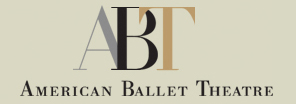 American Ballet Theater has announced a diversity programme in beginning a partnership with the Boys and Girls Clubs of America and regional ballet companies across the country in order to increase the number of minority dancers. Project Plié will offer scholarships to talented young dancers and train dance teachers who work in underrepresented groups and communities, boosting diversity within ballet to reflect the US population.
American Ballet Theater has announced a diversity programme in beginning a partnership with the Boys and Girls Clubs of America and regional ballet companies across the country in order to increase the number of minority dancers. Project Plié will offer scholarships to talented young dancers and train dance teachers who work in underrepresented groups and communities, boosting diversity within ballet to reflect the US population.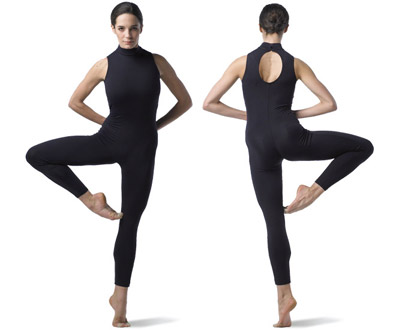 Whilst the stereotypical uniform for dance is much the same, different uniform is required for different dance schools, different exam boards and even different dance grades. For a non-dancer, the assumption of pink ballet tights and a leotard for ballet is not so far from the truth, the stereotypes also formed for tap and modern jazz. Contemporary and lyrical classes tend to be a little more free and liberal in terms of what the dancer dons, and can range from anything to short shorts and tights tops to tracksuit bottoms and baggy pyjama-style tops, known on the whole as ‘baggies’, often used in any dance class for warming up.
Whilst the stereotypical uniform for dance is much the same, different uniform is required for different dance schools, different exam boards and even different dance grades. For a non-dancer, the assumption of pink ballet tights and a leotard for ballet is not so far from the truth, the stereotypes also formed for tap and modern jazz. Contemporary and lyrical classes tend to be a little more free and liberal in terms of what the dancer dons, and can range from anything to short shorts and tights tops to tracksuit bottoms and baggy pyjama-style tops, known on the whole as ‘baggies’, often used in any dance class for warming up.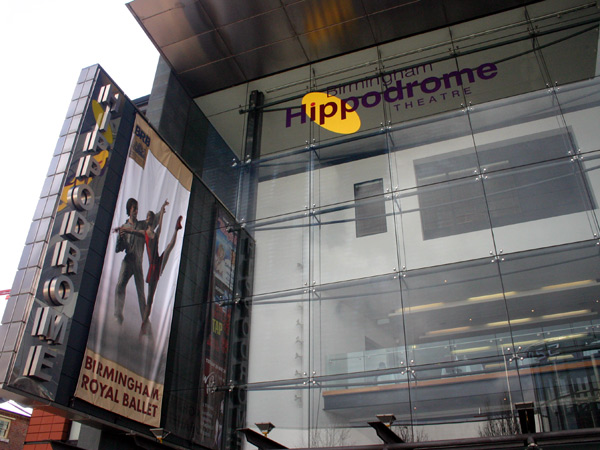 Birmingham Royal Ballet, the sister of the capital’s Royal Ballet, is renowned for its outreach and engagement activities. Just recently audiences were able to get a taste of what it is like to be truly ballet wicked, in a workshop with Birmingham Royal Ballet’s Assistant Director Marion Tait.
Birmingham Royal Ballet, the sister of the capital’s Royal Ballet, is renowned for its outreach and engagement activities. Just recently audiences were able to get a taste of what it is like to be truly ballet wicked, in a workshop with Birmingham Royal Ballet’s Assistant Director Marion Tait. Marguerite Porter, director of the Yorkshire Ballet Summer School, is a British ballet diamond. From joining The Royal Ballet aged just 17, to partnering ballet legend Rudolf Nureyev, Porter’s ballet career has been full of iconic and incredibly memorable moments. Today sees Porter at the helm of the Yorkshire Ballet Summer School, leading it towards its fundraising Gala at Sadler’s Wells at the end of the month.
Marguerite Porter, director of the Yorkshire Ballet Summer School, is a British ballet diamond. From joining The Royal Ballet aged just 17, to partnering ballet legend Rudolf Nureyev, Porter’s ballet career has been full of iconic and incredibly memorable moments. Today sees Porter at the helm of the Yorkshire Ballet Summer School, leading it towards its fundraising Gala at Sadler’s Wells at the end of the month.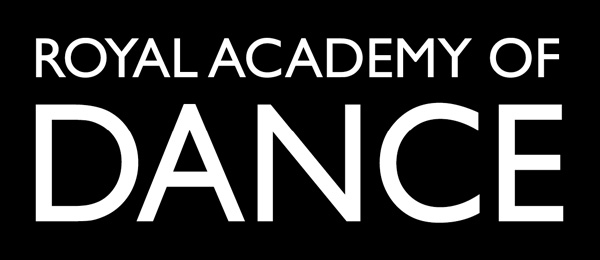 On 10 September the Royal Academy of Dance will be launching Progressions: the launch of the new Advanced Foundation, 1 & 2 syllabi. It will be a virtual launch of the new work of the vocational graded examinations meaning members and non members alike will be able to watch the first ever virtual launch of new RAD syllabi on 10 September. Also on offer to engage with are demonstrations of the new advanced work, interviews with the creative panel and even a live Twitter question and answer session.
On 10 September the Royal Academy of Dance will be launching Progressions: the launch of the new Advanced Foundation, 1 & 2 syllabi. It will be a virtual launch of the new work of the vocational graded examinations meaning members and non members alike will be able to watch the first ever virtual launch of new RAD syllabi on 10 September. Also on offer to engage with are demonstrations of the new advanced work, interviews with the creative panel and even a live Twitter question and answer session.